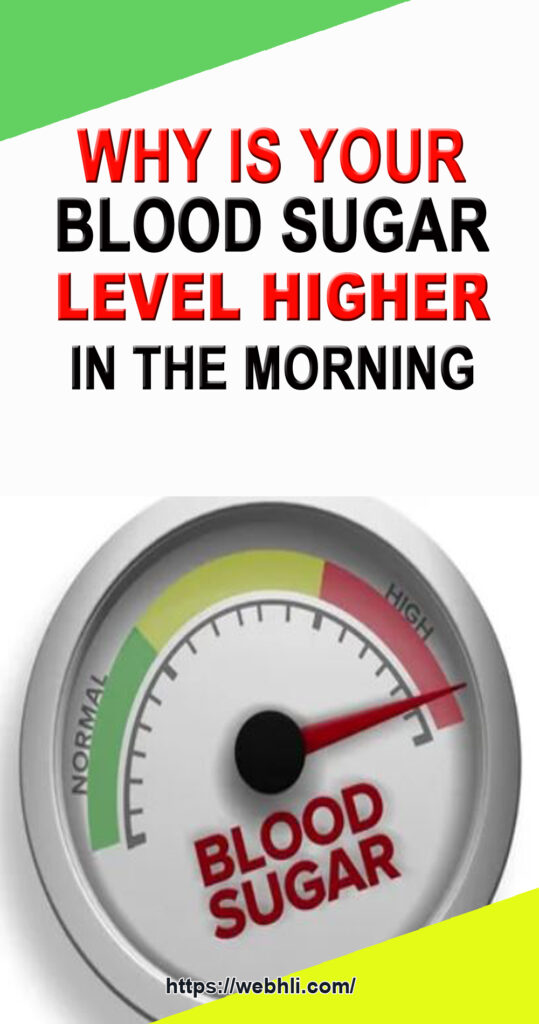
Too much insulin causes low blood sugar levels or hypoglycemia and because this is a life-threatening situation, your body will respond by releasing several insulin antagonists... cortisol and epinephrine from your adrenal glands, growth hormone from the pituitary gland and glucagon from your pancreas. Why... to negate the effects of insulin.
These are very powerful hormones that bring about rapid and powerful elevations in your blood sugar levels and often cause your blood sugars to shoot too high. So then these high levels need to be treated with more insulin which can then cause another plunge in your blood glucose. This will be followed by another compensatory response and even larger doses of insulin.
Check out these related articles, too:
Who Has A Higher Risk of Diabetes?
How to Lower Blood Sugar Naturally
Using a Diabetic Blood Sugar Level Chart How to Know If You're in a Normal Range
Are Low Carb Diets Good For Diabetics
Diabetes Food List Healthy Eating for Type 2 Diabetes
Now the Dawn Phenomenon is a natural occurring process that occurs during the sleep cycle, where your body starts to work on the compensatory response mentioned above. These hormones fight against your insulin's attempt to lower your blood sugars, and usually occurs when your insulin dose is wearing off. This results in your high blood sugars in the morning. This occurs in many type 2 diabetics six to ten hours after bedtime.
Many people with type 2 diabetes wake up in the morning with a higher blood sugar level than when they went to bed, although they have not eaten and had their insulin injection or anti-diabetic medication the previous night.
A higher level above 108 mg/dl (6 mmol/l) when you get up in the morning is a common feature of type 2 diabetes and is actually a puzzle to those who experience it.
Events leading to the Somogyi Effect or rebound hyperglycemia are similar to the Dawn Phenomenon... the difference is the cause. In this case your blood glucose has dropped due to taking too much insulin or failing to have a snack before your bedtime.
Checking your blood sugar levels between 2 and 3am on several consecutive nights will give you a clue as to which effect is the cause of your early morning high sugar level. If your level is consistently low the Somogyi Effect is likely to be the cause. This would then indicate your night-time insulin level is too high or your bedtime snack too small. On the other hand, if your level is high between 2 and 3am, the Dawn Phenomenon is more likely the cause.
Check out these related articles, too:
What are diabetes reversal Superfoods?
An Easy Way to Supplement Your Diabetic Diet Naturally
Green Smoothies For Diabetes Using Raw Food To Help Diabetes
Diabetic Diet Tips 5 Tips on What to Avoid and Include
Good Fruits For Diabetes Are There Such Fruits
Diabetic Friendly Energy Drinks Don’t Make This Common Mistake
Most Weight-Loss-Friendly Foods
Do not hesitate to talk to your health care practitioner as you may need to change the time you take your evening insulin so that its peak action occurs when your blood sugar levels start to rise. Bringing your level down aggressively will only worsen the problem by creating hypoglycemia.
Another theory is that you should be less concerned with blood sugar levels that are elevated in the morning unless there is consistent elevation during the day.
Once your health care provider works out the cause of your high blood sugar levels during the night-time he can advise you as to the changes you need to make.
If you would like to download a free copy of my E-Book, click here now: Answers to Your Questions... it's based on questions diabetics have asked me recently.
Beverleigh Piepers is a registered nurse who would like to help you understand how to live easily and happily with your type 2 diabetes. http://drugfreetype2diabetes.com/blog
Article Source: http://EzineArticles.com/3334681

 Protected by Patchstack
Protected by Patchstack